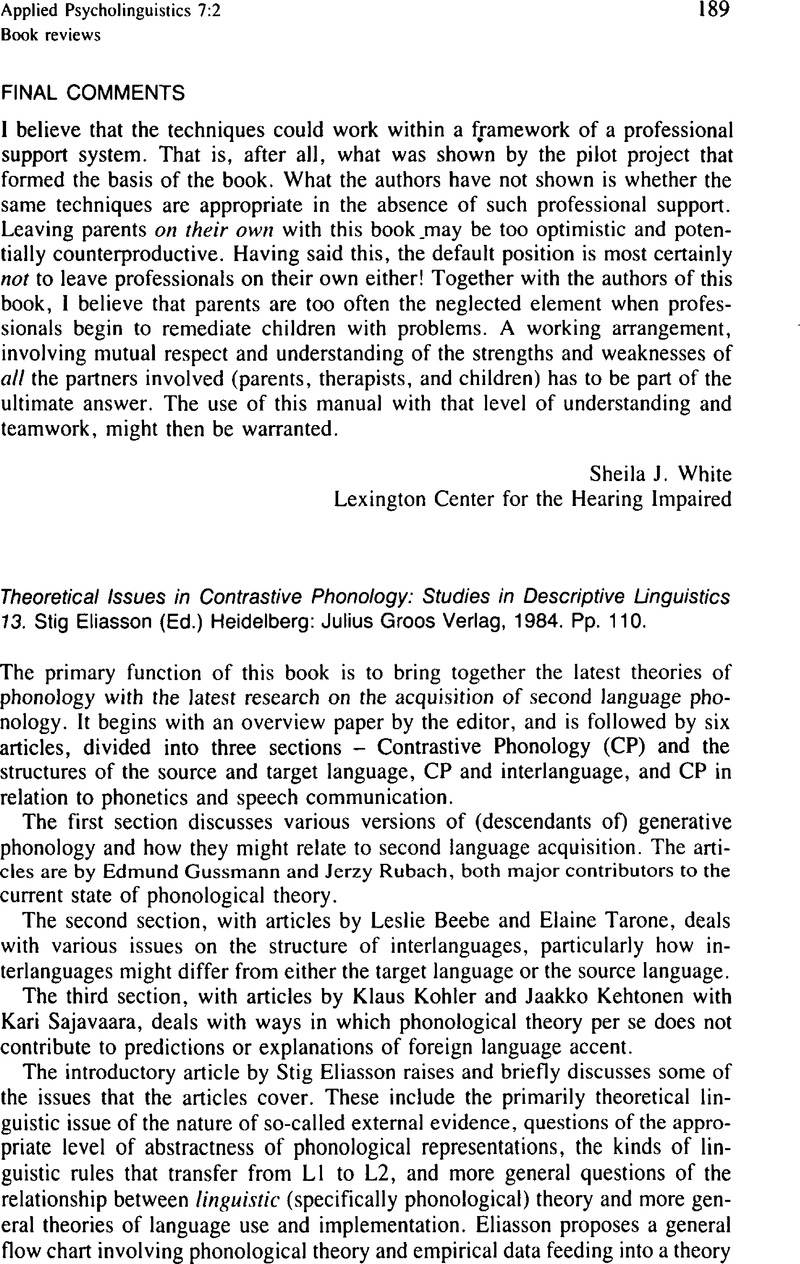Crossref Citations
This article has been cited by the following publications. This list is generated based on data provided by Crossref.
Martín, Ernesto San
del Pino, Guido
and
De Boeck, Paul
2006.
IRT Models for Ability-Based Guessing.
Applied Psychological Measurement,
Vol. 30,
Issue. 3,
p.
183.



